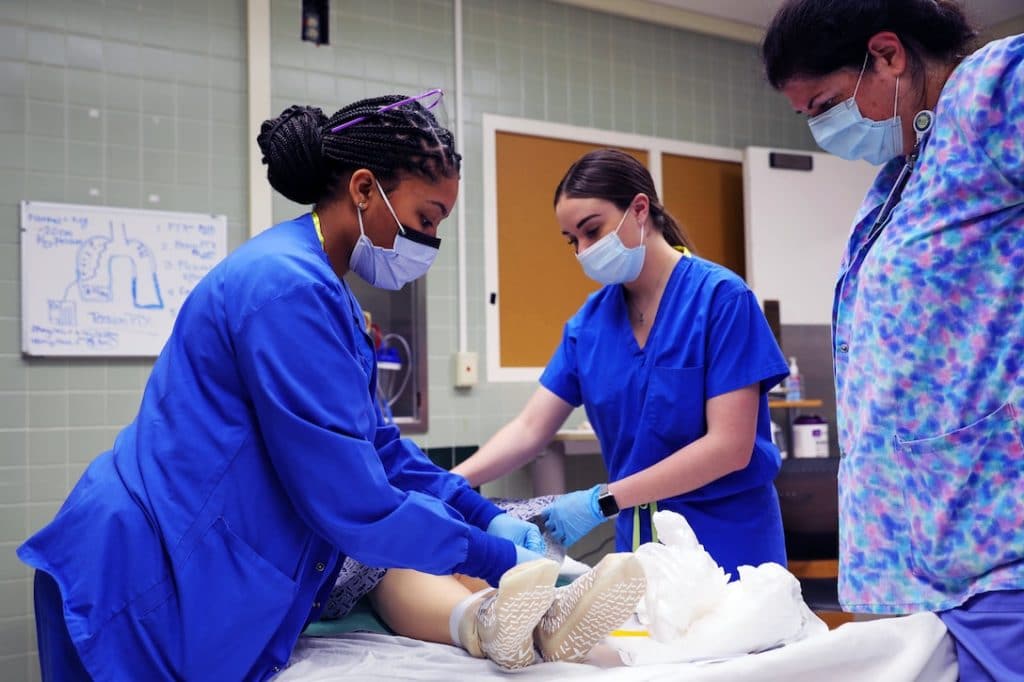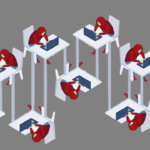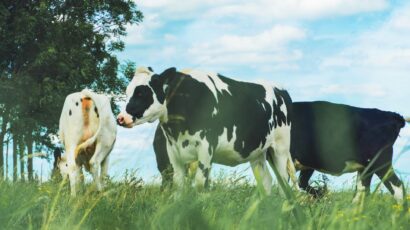The origins of SARS-CoV-2: still to be determined
By Laura H. Kahn | March 10, 2022

SARS in 2003 and MERS in 2012 resulted from natural spillover events in which animals infected humans with coronaviruses. In both cases, two convincing lines of evidence were obtained: (1) the viruses-and/or antibodies to the viruses were identified both in humans and in animals, and (2) humans with occupational exposures to animals exhibited higher rates of seropositivity to the viruses than the general human population. So far, studies attesting to natural spillover of COVID-19—including some recently highlighted in the press—fail to meet these criteria.
SARS. In the case of SARS (severe acute respiratory syndrome), the evidence was clear that the virus came from animals. One study sampled animals being sold at a live animal market in Guangdong, China and found viruses in palm civets that had genome sequences 99.8 percent identical to the human SARS virus. These viruses were closely related to SARS-CoV. Another study found that 80 percent of the palm civets from the animal market in Guangzhou tested positive for SARS-CoV antibodies. The earliest SARS patients butchered or cooked wild animals and thus had occupational exposures to SARS-CoV.
An epidemiologic study in the Guangdong Province tested almost 800 people for Immunoglobulin G (IgG) antibodies to SARS-CoV. Individuals who traded primarily masked palm civets had the highest positivity rates, almost 73 percent. The Chinese SARS Molecular Epidemiology Consortium used whole-genome sequencing to track early cases and the molecular evolution of the SARS virus. They determined that two major viral genotypes predominated during the initial phase of the epidemic. One genotype was virtually identical to samples collected for sale and from humans working in a live animal market in Shenzhen. The other genotype was identical to samples collected from farmed civets and in the earliest human cases in Zhongshan. The conclusion: compelling evidence for an animal origin of SARS-CoV.
MERS. After the emergence of MERS (Middle East respiratory syndrome) in humans, researchers found that dromedary camels throughout the Middle East, North and East Africa, and parts of Asia tested positive for MERS-CoV antibodies. Archived dromedary camel blood specimens dating back decades tested positive for MERS-CoV antibodies, indicating that cross-reacting viruses had been circulating in camels for decades.
A serological survey of over 10,000 healthy human adults from all 13 provinces of Saudi Arabia from 2012 to 2013 found MERS-CoV antibodies in 0.15 percent of samples. For camel shepherds, MERS-CoV antibody seropositivity rates were 15 times higher and for slaughterhouse workers, they were 23 times higher than the general population, respectively. The conclusion: compelling evidence for an animal origin of MERS-CoV.
COVID-19. In contrast to SARS and MERS, there is no direct evidence for a natural spillover of COVID-19. Neither the virus nor antibodies to the virus have been identified in animals sampled in Wuhan in 2019 or early 2020. In an article currently undergoing peer review, Gao et al. found that zero out of 457 samples taken from 18 species of animals sampled in Wuhan in early 2020 tested positive for SARS-CoV-2. In addition, no correlation has been observed between human occupational exposures to animals and higher rates of infection or seropositivity to the virus.
By early 2020, Chinese physicians had conducted many serological surveys of thousands of people to assess prevalence rates of SARS-CoV-2 antibodies, but none included data on occupation. Had occupations been included, these might have revealed whether animal workers in the Huanan market had higher rates of SARS-CoV-2 antibodies than in the general population, thereby supporting the natural spillover hypothesis.
Two recent papers, Worobey et al. and Pekar et al., present geospacial analysis of animal stalls in the Huanan market and viral phylogenetic analysis but do not provide convincing evidence of natural spillover. The data and analyses discussed by Worobey are equally consistent with both hypotheses: (1) that SARS-CoV-2 first entered humans at the Huanan Seafood Market in Wuhan, and (2) that SARS-CoV-2 first entered humans at another location and was subsequently brought to the market and then amplified in the market by humans. The authors’ assertion that the data and analyses support only the natural spillover hypothesis is false.
Gao et al. reached a conclusion opposite to the claims of Worobey et al. and Peckar et al. Gao et al. reported that there were no positive animal samples at the Huanan market. They further reported that there was no correlation between the locations of the animal sellers in the market or the locations with the highest densities of humans and the locations of the positive environmental samples in the market. Based on these findings, Gao et al suggested that the market “acted as an amplifier,” with infections being brought into the market by humans infected elsewhere.
The hypothesis that SARS-CoV-2 originated from a laboratory-related spillover—for example, from a laboratory-acquired infection—remains a viable possibility. Laboratory accidents, including laboratory-acquired infections, occur frequently. In the most recent year for which data are available, the CDC/USDA Select Agent Program received 205 select agent theft/loss/release reports, which equates to an average of four select-agent incidents per week. Of the 205 select-agent theft/loss/release reports, fully 196 were reports of releases and 177 were “determined to represent potential occupational exposure to laboratory workers.”
In determining the origin of SARS-CoV-2, what is needed, at a minimum, is: (1) data from serological sampling in 2019 and early 2020 that includes information on occupation and location and that encompasses both Wuhan animal market employees and Wuhan laboratory research employees, and (2) information—including samples, sequences, records, and results—on the research on SARS-related coronaviruses conducted by Wuhan researchers and their collaborators in 2015-2019.
Science is the objective pursuit of truth. Preventing future COVID-19 pandemics requires finding the truth. Premature, false declarations of “dispositive evidence” or “proof” does not generate public trust in science and does not protect public health.
Acknowledgments: Kahn would like to thank Elisa Harris, Milton Leitenberg, and Richard Ebright for their invaluable comments, edits, and suggestions.
Together, we make the world safer.
The Bulletin elevates expert voices above the noise. But as an independent nonprofit organization, our operations depend on the support of readers like you. Help us continue to deliver quality journalism that holds leaders accountable. Your support of our work at any level is important. In return, we promise our coverage will be understandable, influential, vigilant, solution-oriented, and fair-minded. Together we can make a difference.
Keywords: COVID-19, Coronavirus, MERS, SARS, lab leaks, pandemic origin
Topics: Biosecurity, Columnists
















Dr. Khan states, “Two recent papers, Worobey et al. and Pekar et al., present geospacial analysis of animal stalls in the Huanan market and viral phylogenetic analysis but do not provide convincing evidence of natural spillover. The data and analyses discussed by Worobey are equally consistent with both hypotheses: (1) that SARS-CoV-2 first entered humans at the Huanan Seafood Market in Wuhan, and (2) that SARS-CoV-2 first entered humans at another location” Dr. Khan references the papers, 1) ‘Surveillance of SARS-CoV-2 in the environment and animal samples of the Huanan Seafood Market’, by George Gao, William Liu, and… Read more »